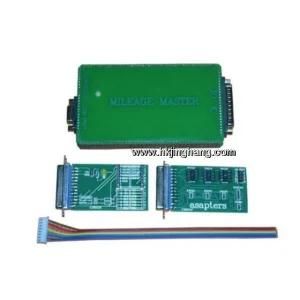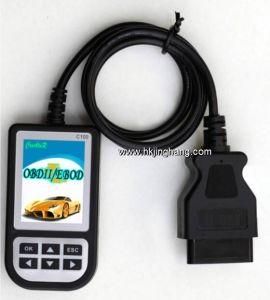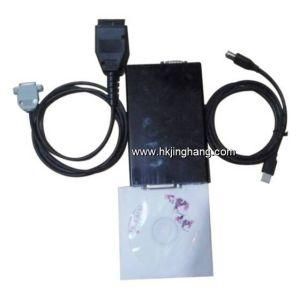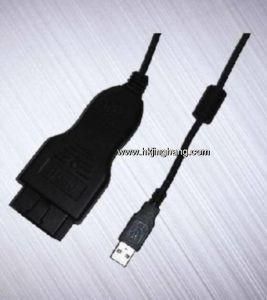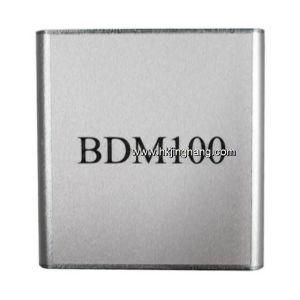DIN Wing/Equal Trough/Impact/Return/Flat/Training/Garland/Offset/Inline Rollers
Guangzhou YELLO Packaging Co., Ltd. / 2022-06-27

- Material:Steel
- Application:Chemical Industry, Grain Transportation, Mining Transport, Power Plant
- Structure:Ordinary Roller
- Bearing Type:Double Sealed Bearing
- Type:Grooved Conveyor Idler
- Pipe:Steel(Q235), Stainless Steel(201, 304), Rubber,
=== Base Info ===
- Model NO.:1.5 inch, 2 inch, 2.5 inch, 3 inch
- Diameter:50-219mm
- Length:190-3500mm
- Surface Treatment:Powder Coated, Spray Paint, Galvanized
- Bearing Band:NSK, Hrb... (C3,C4-2RS)
- Standards:Cema, as, DIN, JIS, GB
- Certificates:BV, CE, SGS, ISO9001, ISO14001
- Color:Customized
- Troughing Angel:20, 30, 35, 40, 45..
- Service and Sample:24 Hours Online with Free Sample
- Quality Guarantee Period:30, 000 Hours
- Transport Package:Wooden Box Packing and Pallet Packing
- Specification:Steel(Q235)
- Trademark:JTURN
- Origin:Hengshui
- HS Code:8431390000
- Production Capacity:30000 Pieces Per Month
=== Description ===
Standard Diameter
(Min~Max)
Idler types used in conveyor systems
When trying to understand and improve the conveying process, you have to understand all the types and designs of idlers that can be used in your conveyor system. In this article we will describe the basics.
Carry vs. Return idlers
In the evolution of idlers, many types of rollers were designed. Each of them having special features such as minimizing the pressure on the belt, cleaning the belt and many others.
The simplest way to differentiate the idler designs would be to divide them to carry and return idlers.
- Carry idlers transport the material from place A to place B
- Return idlers transport the conveyor belt back to the place A
However, the differentiation of rollers is more granular, as explained below.
Conveyor system with different idler types
Troughing idlers
Troughing idlers are a type of the carry idlers. The main part of the troughing idler is a center roller which is accompanied by wing rollers on its sides which are connected in a troughing angle (for example 45 degrees).
Thanks to the troughing angle, the carried material is gathered in the center of the belt so that the material does not fall off the belt during transportation.
Troughing idler sketch
The troughing idlers can be seen in sets of 3 or 5. The more rollers are used, the better is the distribution of the loaded weight and enables higher transportation capacity.
Impact idlers
Impact idlers are used at the place where material is loaded onto the belt. The newly loaded material presents a high-pressure impact on the belt and idlers with rubbered disks can better absorb the impact.
Impact idlers are positioned at a close range and are usually manufactured in 89mm diameter.
Transition idlers
The transition idlers optimize the higher pulling tension which is observed close to the head and tail pulley. The transition idlers continuously adjust the troughing angle from 0 degrees to the 45 degrees right behind the head pulley in order to create the right belt shape for successfully transporting the material. Contrarily, the belt has to be flattened from 45 degrees to 0 degrees before getting onto the tail pulley in order to distribute the tension properly.
Conveyor belt with load that needs to be flattened before a tail pulleyThe belt has to be nicely aligned to the pulley in order to avoid long term damage. In the conveyor systems you would mostly see 2 or 3 transition idler sets.
Return idlers
When carrying the belt back to the feeder, it also needs support. However, since the belt does not carry any load, the support does not have to be as robust. Therefore, return idlers can be positioned in two or three times the distance of the carrying rollers. Even the number of rollers per idler can be reduced to one or two rollers.
If a single roller is used, it is usually called a flat return idler which spreads over the whole width of the belt and can be attached to the conveyor support structure.
When two rollers would be used, it is called a V return idler.
The return idlers can also be covered with rubbered disks which should be removing sticky materials from the belt.
Training idlers
The belt should be perfectly aligned when moving onto the pulley. In reality, the belt is often slightly shifted due to incorrect belt splicing or imbalanced material loading. In such cases, training idlers can align the belt nicely to the pulley in order to prevent damaging of the belt when put into tension in an incorrect position.
Garland idlers
If your conveyor system needs to be more moveable or when the environment is not suitable for a static idler, you would be needing garland idlers. These idlers are attached to the conveyor frame and enable better mobility. While decreasing the maximum loading capacity.
Fixed-base idler vs. Garland idler sketch
Take-up tension controller
The last component that plays a big part when using a conveyor system is a tension controller. In order to transport load as effectively as possible, the belt has to be in a high tension. The pulleys would move the belt faster and the belt would avoid up and down resonations which slows the movement.
New product
Hot product
- Gm Candi Interface
2022-06-23
- Scan Dash V2.0 for BMW
2022-06-23
- K+Can Commander 2.0
2022-06-23
- Mut-3 Professional Diagnostic Tool Mut3
2022-06-23
- CKM-100 Key Programmer for Benz/BMW
2022-06-23
- Fuel Injector Tester & Cleaner (MST-N6A)
2022-06-23
- Mst 9000+ Plus ECU Simulator
2022-06-23
- OBD Ii Code Reader Mst-300, OBD2 Code Scanner
2022-06-23
- Digital Battery Analyzer (SC-100)
2022-06-23
- VAS5052A PC VERSION with VAS5054A Wireless Bluetooth Communicate
2022-06-23

